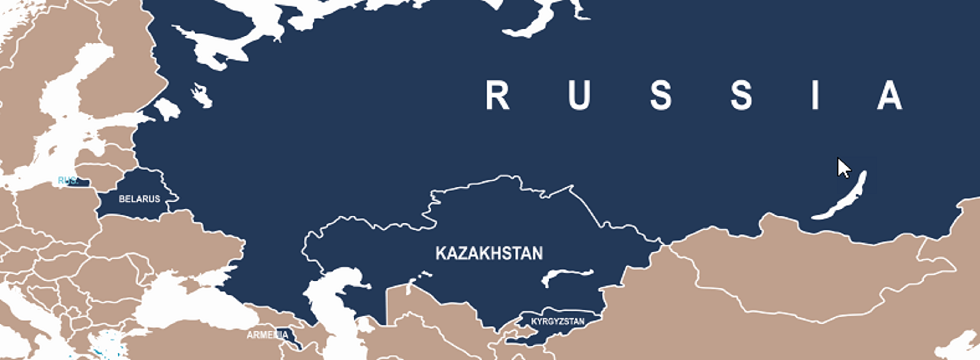The Eurasian Economic Union (EAEU), an organization for regional economic integration between five post-Soviet states, marked its fifth anniversary on January 1, 2020. Its founding treaty, signed first by Belarus, Kazakhstan, and Russia, then followed by Kyrgyzstan and Armenia, celebrates six years in May 2020. The EAEU is the most developed form of integration among post-Soviet states. As a contractual, rules-based regime, it differs qualitatively from a number of previous fragmented and unsuccessful integration initiatives in the post-Soviet space.

This paper reviews the EAEU’s principal achievements, failures, and challenges. First, it examines the following questions regarding its functionality.
◉ What are the limitations of the EAEU’s institutional setup, considering its objective to form a single market?
◉ How successful has the EAEU Court been in fulfilling its mandate to ensure the uniform application of EAEU law by EAEU countries and bodies?
◉ How viable is the EAEU, given the undemocratic political regimes of its founding countries?
◉ How effective the EAEU’s communication is and how visible the EAEU topics have been in the national media of the EAEU member states?
◉ What are the main institutional, legal, and political obstacles of the EAEU’s single market, and what achievements and failures have we witnessed thus far?
The paper’s second part analyzes the principal expectations of EAEU countries with regard to establishing or joining the union and to what extent those expectations have come true.
This paper is based on over 30 interviews with academics, experts, EAEU officials, former national officials, businesspeople, and civil society representatives carried out across all member states.
The Eurasian Economic Union by 2020: Expectations, Challenges, Achievements

